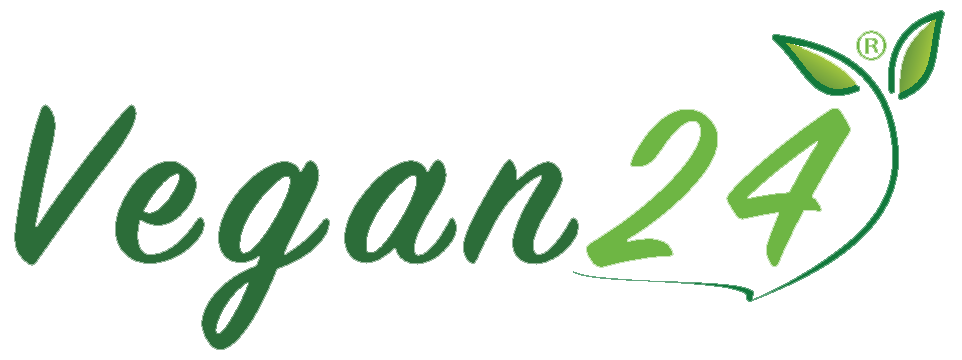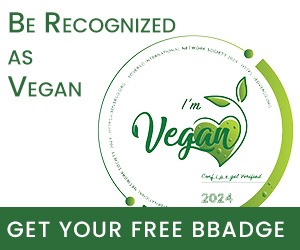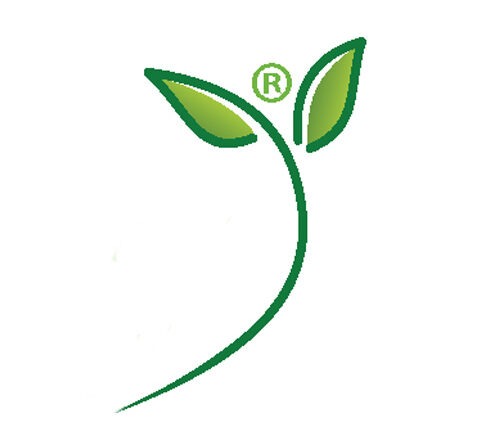Vincent Van Gogh, the iconic post-impressionist painter whose works gained acclaim posthumously, is often heralded as a vegetarian. However, a closer examination of historical records and personal correspondences suggests that Van Gogh was perhaps one of the earliest adopters of what we now recognize as a flexitarian diet. This revelation places the celebrated artist in the modern narrative of conscious eating, emphasizing moderation and intentionality in meat consumption long before the concept became a global trend.
Van Gogh’s Flexitarian Leanings
Contrary to the popular belief that pegs Van Gogh as a strict vegetarian, evidence points towards a dietary pattern that aligns more closely with today’s flexitarian principles. This approach allows for the occasional consumption of meat, focusing primarily on a vegetarian diet for ethical, health, or environmental reasons. Van Gogh’s lifestyle, dictated partly by economic constraints and personal choices, reflected a minimal reliance on meat, highlighting a preference for plant-based sustenance that resonates with the flexitarian ethos.
The Flexitarian Diet: A Modern Resurgence
Today, the flexitarian diet enjoys widespread popularity, backed by a growing awareness of its health and environmental benefits. Research indicates that about one in four consumers globally identifies as flexitarian, making it a leading force in the burgeoning plant-based market. This dietary choice, characterized by its flexibility and lack of rigid rules, offers a sustainable path for many, bridging the gap between vegetarianism and omnivorous lifestyles.
Historical Context: Dietary Choices of the Victorian Era
In Van Gogh’s time, the term “flexitarian” was nonexistent, much like “vegan.” Most individuals, especially those from lower economic backgrounds, followed a diet that would be considered flexitarian by today’s standards, primarily out of necessity. Meat was a luxury, and staples like bread, oats, and potatoes formed the bulk of daily consumption. Van Gogh, despite his upper-middle-class origins, found himself adhering to a similar diet due to the financial demands of his artistic pursuits.
Evidence of Van Gogh’s Dietary Preferences
Letters to his brother, Theo, offer insight into Van Gogh’s dietary considerations, suggesting a deliberate reduction in meat consumption for health and possibly ethical reasons. For instance, Van Gogh expressed skepticism about the necessity of frequent meat consumption, advocating instead for a diet rich in bread and other plant-based foods. These correspondences underscore a mindful approach to eating that aligns with contemporary flexitarian principles.
Conclusion: Van Gogh’s Legacy Beyond Art
While Van Gogh’s artistic genius remains undisputed, his dietary choices add a fascinating layer to his legacy, portraying him as a forerunner of a movement that champions sustainability and health through mindful eating. The flexitarian diet, with its emphasis on balance and variety, mirrors Van Gogh’s approach to nutrition, highlighting the timelessness of his lifestyle choices. As we navigate the complexities of modern dietary trends, Van Gogh’s life serves as a reminder that the journey towards a sustainable and health-conscious diet is both an ancient endeavor and a contemporary pursuit.








